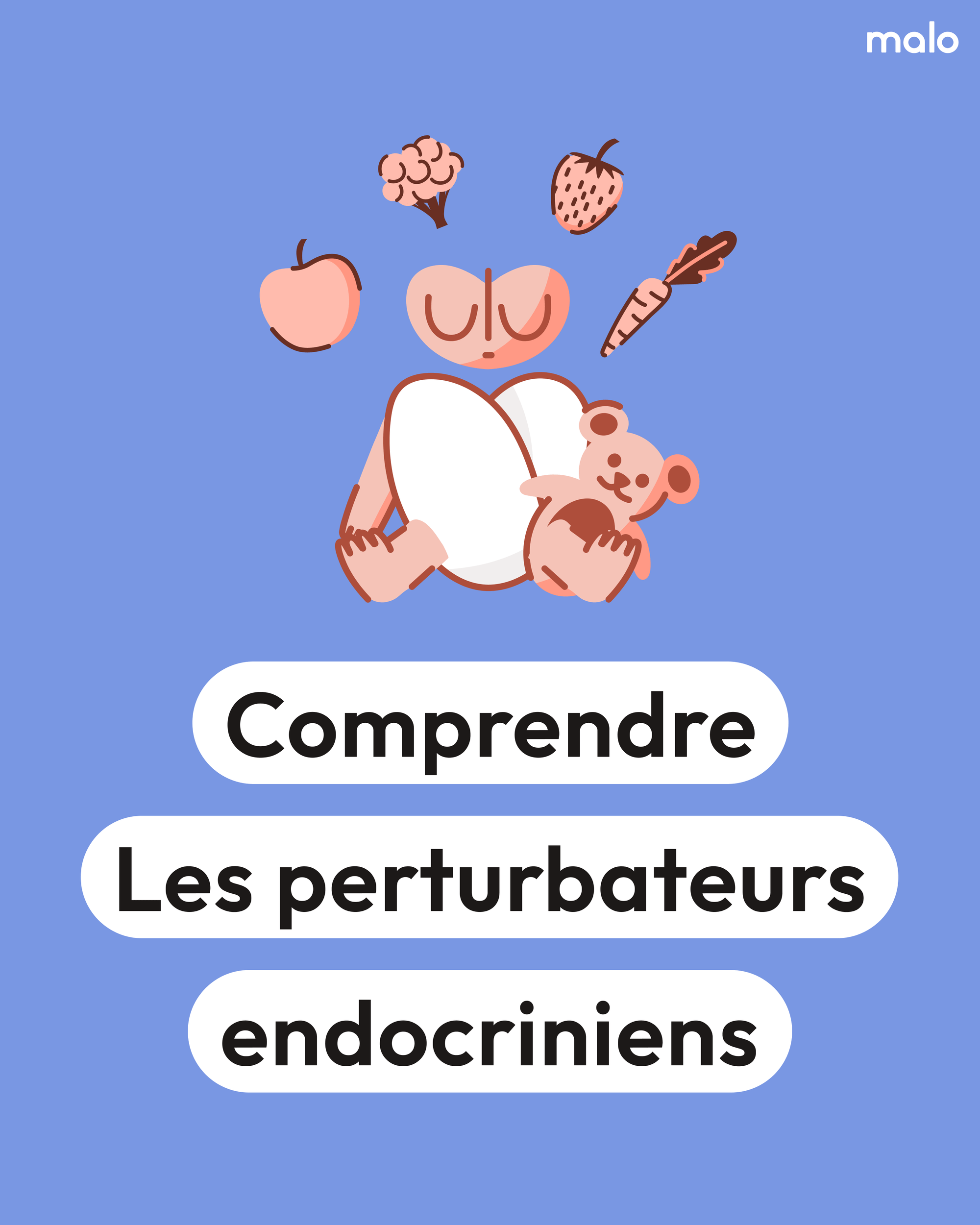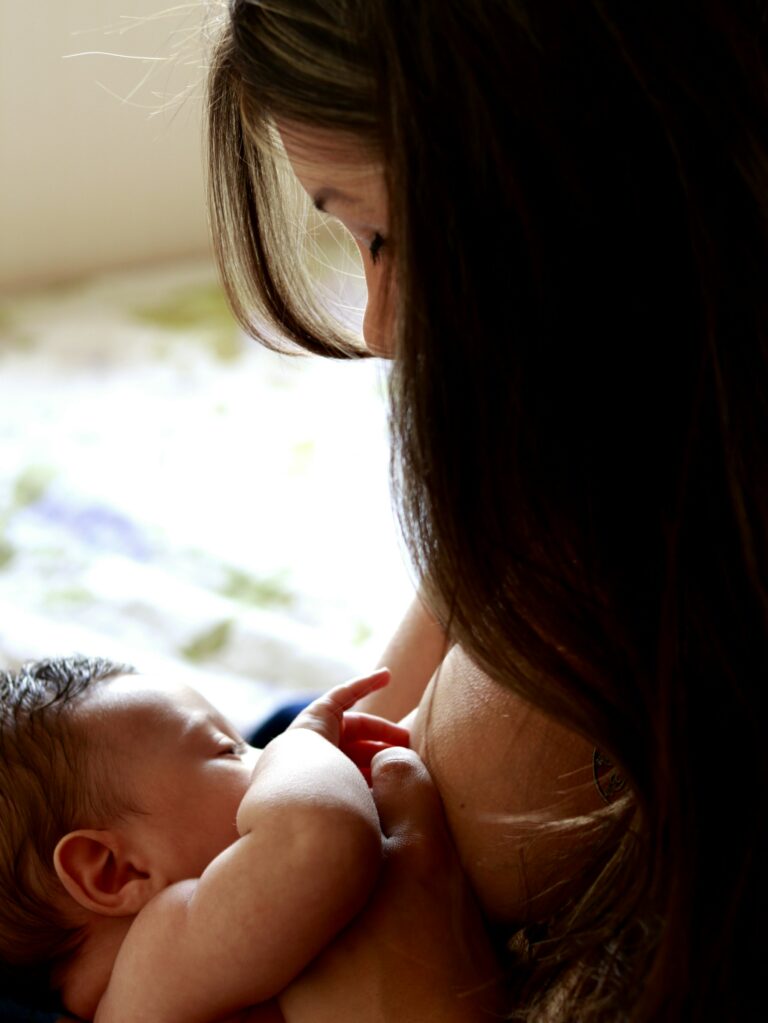A newborn’s world ought to be full of gentle lullabies, soft blankets, and that unmistakable baby scent—yet, lurking quietly in the folds of daily life, endocrine disruptors have emerged as a real concern for many parents. Sometimes you catch yourself pondering: is the bottle you use for milk truly safe? Could the fragrance in that baby lotion or those colourful plastic toys carry hidden risks you’ve not anticipated? In recent years, an increasing number of families have begun seeking reassurance—craving clarity—about reducing baby exposure to endocrine disruptors. The objective? Not to trigger unnecessary anxiety, but to equip every parent with transparent, scientific tools to decrease risks, support healthier development, and foster an environment where children flourish unfettered by invisible threats.
This roadmap will illuminate:
- What endocrine disruptors truly are, with special attention to everyday sources
- Their physiological impact on swiftly developing infants
- Practical, evidence-based actions for the home
- Recommendations for safer products and mindful routines
- The importance of medical and scientific oversight
- And finally, concise takeaways plus answers to those persistent parental questions that seem to surface again and again
What are endocrine disruptors, and how do they affect tiny bodies?
When you hear “hormonal system,” you might think of adolescence, but in reality, the orchestra of hormones starts its delicate symphony from the very earliest moments of life. Endocrine disruptors (EDCs) are synthetic or naturally occurring chemicals—like bisphenol A (BPA), phthalates, parabens, and flame retardants—that can hijack this process. Imagine them as imposters or sabotagers: they mimic (or, sometimes, block) hormone messages, scrambling signals intended for growth, metabolism, brain development, and immunity.
Why so much emphasis on infants? The reason is startlingly simple yet profound. Babies’ organs, particularly their brains and endocrine glands (such as the thyroid), are rapidly evolving. The detoxification systems—the liver and kidneys which break down and eliminate toxins—function imperfectly in the early years. There’s also the endlessly curious, hand-to-mouth behaviour and close interaction with objects that makes infants “super-absorbers” compared to adults. Exposure can start while in the womb (transferred via the placenta), continue through breast milk, and persist as babies engage with their environment.
Scientific studies, including population-wide research, observe that almost every pregnant woman carries traces of EDCs—most commonly phthalates—in her system. This means reducing baby exposure to endocrine disruptors must begin even before birth.
Everyday sources: where do endocrine disruptors hide?
“Out of sight, out of mind”—except, in this case, the reality is different. At home and outdoors, EDCs appear where you may least expect:
- Food and Drink Packaging: Plastics containing BPA, phthalates or their substitutes (BPS, BPB), particularly when containers are microwaved or aged. Canned foods, lined with chemical resins, may also leach residue.
- Toys and Childcare Items: Teething rings, sippy cups, playmats treated with flame retardants or softened with phthalates—these objects frequently end up in infants’ mouths, raising concerns about everyday exposure.
- Textiles and Clothing: Baby pyjamas or bedding laced with flame retardants, synthetic dyes, or anti-wrinkle coatings. Non-organic, non-certified cotton sometimes carries pesticide traces.
- Personal Care Products: Baby shampoos, lotions, wipes—often sweet-smelling, yet, behind vague names such as “fragrance,” may lurk parabens and phthalates. Triclosan, another disruptor, sometimes sneaks into antimicrobial soaps.
- Household Air and Dust: Indoor air, especially in urban environments, carries volatile organic compounds (VOCs), parabens, and fragments from cleaning sprays or furniture. Regular dust—overlooked but significant—accumulates residue from flame retardants and plasticizers.
- Water and Produce: Tap water occasionally contains perfluorinated compounds (PFAS), while non-organic fruits and vegetables can present pesticide residues.
A perhaps surprising detail—thermal receipts handled by parents may pass BPA to the skin, increasing the transfer from adult to baby. No need for paranoia, but informed vigilance is warranted.
Medical facts: what’s at stake for the growing child?
One might wonder, can small doses truly have an impact? Various scientific bodies, including the World Health Organization, clearly state: yes. Reducing baby exposure to endocrine disruptors isn’t about eliminating risk entirely but lowering overall load, especially during the sensitive window of brain and organ development. Here’s a breakdown:
- Neurodevelopmental outcomes: Epidemiological studies suggest that EDCs, especially when exposure happens during embryonic and early postnatal life, can influence cognitive development, behaviour, and learning. Disruptions in thyroid function—a master controller of brain growth—may be particularly harmful.
- Growth and metabolism: Chemicals like phthalates and BPA, which interfere with insulin regulation and fat storage, are connected to future obesity, metabolic syndrome, and even changes in how the body handles sugar.
- Reproductive health: Prenatal and early childhood EDC exposure has been linked to early puberty (especially in girls), subtle genital anomalies, altered fertility, and a possibly greater risk for hormone-dependent cancers in adulthood.
- Immune system balance: Immature immune cells may not “learn” correctly under the influence of EDCs, predisposing children to allergies, asthma, or repeated infections. Some compounds even amplify existing vulnerabilities.
It’s this growing body of research—sometimes alarming, often nuanced—that has motivated parents, and health experts, to prioritise reducing baby exposure to endocrine disruptors as a foundation for lifelong health.
How to spot and avoid endocrine disruptors in baby products
Scanning the shelf or deciphering product labels can leave anyone’s head spinning. Yet, evaluating a few important characteristics makes a difference:
- Plastics: Always prefer bottles, storage, and feeding utensils labelled “BPA-free” and “phthalate-free,” but remember: these can sometimes be swapped for other bisphenol subtypes (BPS, BPB), which science now considers equally problematic.
- Textiles: Trusted certifications—like OEKO-TEX or GOTS—signal fewer chemical treatments. “Organic” signifies a lower risk of pesticide and agrochemical residues.
- Baby care products: Short ingredient lists, “fragrance-free” labels, and the absence of parabens, triclosan, and phthalates provide added reassurance.
- Toys: Natural, untreated woods, organic-fibre soft toys, and food-grade silicone offer safer alternatives to brightly coloured plastics.
Don’t hesitate to consult paediatric health databases (such as the Environmental Working Group’s Skin Deep) or, for specific questions, your paediatrician.
Everyday strategies for reducing baby exposure to endocrine disruptors
The journey need not be overwhelming—incremental adjustments build a safer space:
Rethinking food and water
- Prefer fresh, organic produce; wash fruits and vegetables rigorously to strip away pesticide residues.
- Store and serve food in glass, stainless steel, or certified silicone—not flexible or worn plastic.
- Use filtered water, especially where tap water quality is uneven.
- Cook or warm foods outside of plastic, even if packaging claims safety.
- Minimise processed or canned foods, particularly for infants.
Home habits for safer air and less dust
- Air rooms daily; add an air purifier if indoor pollution is consistently high.
- Wet-dust surfaces and vacuum (with HEPA filters, if possible) to capture fine particles and residues.
- Choose cleaners that are both fragrance-free and plant-based.
- Skip air fresheners, scented candles, or incense—common vehicles for indoor chemical pollutants.
Care routines that nurture, not burden
- Launder new clothes, sheets, and plush toys before use.
- Opt for unscented, few-ingredient creams and wipes, and avoid antimicrobials like triclosan.
- For diaper changes, try cloth wipes or certified safe disposables.
Curious if breast or bottle feeding alters the equation? Even though breast milk is considered optimal and less likely to carry high concentrations of EDCs than some formula-packaging, mothers are encouraged to adopt the same precautions—minimising exposure during pregnancy and breastfeeding, selecting safe containers, and maintaining cautious hygiene.
Keeping pace: evolving regulations and local realities
International authorities have withdrawn BPA and certain phthalates from several baby products, yet, chemical innovation moves quickly—new substitutes arrive, not always adequately studied. Textile and toy standards—think EN 71, ASTM—help, but enforcement depends on region and transparency.
Economic factors create further challenges. Not every family can easily choose 100% organic or certified products. Community initiatives, supportive health services, and trustworthy networks all play a vital role—empowering parents to make thoughtful, informed decisions for their children.
Supporting healthy routines and lifelong habits
Establishing traditions, like reading product labels with children or choosing a glass bottle over plastic, does more than protect against endocrine disruptors. It prepares the next generation to be conscious consumers, self-advocates for health, and champions for stronger public policies. Advocacy, collaboration with health professionals, and continuous learning—these are the quiet pillars beneath improved family well-being.
Key Takeaways
- Scientific evidence confirms: reducing baby exposure to endocrine disruptors has a meaningful effect on child health and development, especially in windows of rapid growth.
- Practical measures—glass or stainless steel storage, rigorous washing of produce, selection of certified textiles, and careful reading of ingredient lists—substantially limit hidden chemical risks.
- Choices around nutrition, hygiene, and environment all contribute, with every improvement valued.
- Community, paediatricians, and expert databases offer ongoing support as products and knowledge evolve.
- For those needing personalised guidance, health advice, and convenient, free health questionnaires for children, consider downloading the application Heloa.
Questions Parents Ask
What are easy ways to reduce my baby’s exposure to endocrine disruptors on a daily basis?
Begin with straightforward swaps—a glass or steel bottle instead of plastic, washing produce diligently, and favouring natural-fibre toys. Is it worth the effort? Absolutely. Even small adjustments—like choosing fragrance-free wipes or opening windows every morning—help establish a lower risk environment. If you’re ever uncertain about a label or claim, do not hesitate to check a reputable database or consult your paediatrician. Every positive choice builds up.
Are there specific types of plastics I should avoid for my baby’s food and drink?
If you scrutinise the bottom of bottles or containers, numbers can offer guidance: plastics coded 3, 6, or 7 frequently contain phthalates or bisphenol A (BPA), which are best avoided. Opt for certified BPA-free items, but remember, alternatives like BPS or BPB can be just as concerning—glass and stainless steel remain the safest bets. Heating food in plastic? Not ideal, since warmth releases more chemicals.
How do I select safer personal care products for my baby?
Opt for baby care products with concise ingredient lists. Prioritise those marked “fragrance-free” and avoid known disruptors like parabens and phthalates. Natural and organic certifications, though not foolproof, do offer additional peace of mind. Not sure where to begin? Your pharmacist or paediatrician can guide you, tailoring advice to your family’s unique situation—without pressure or judgment.
Further reading:









